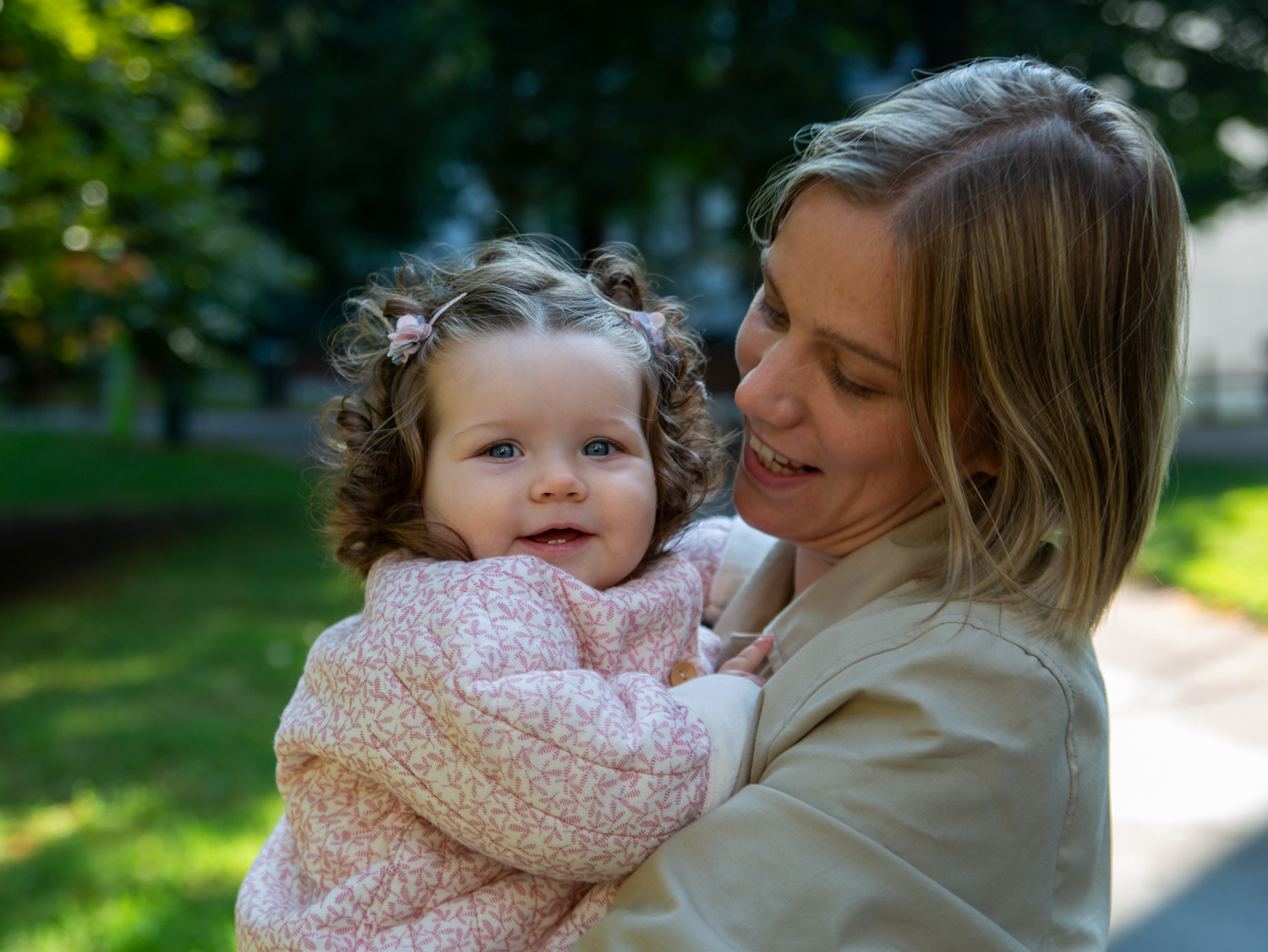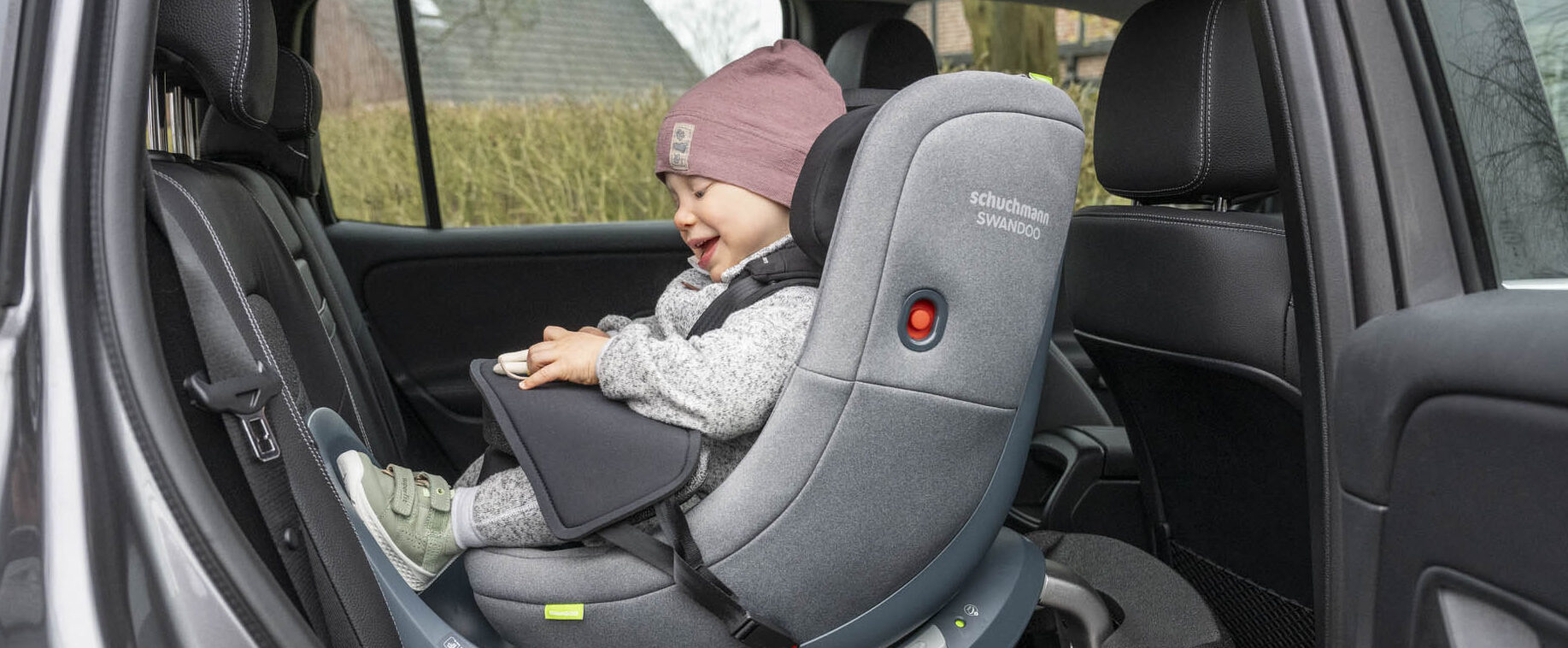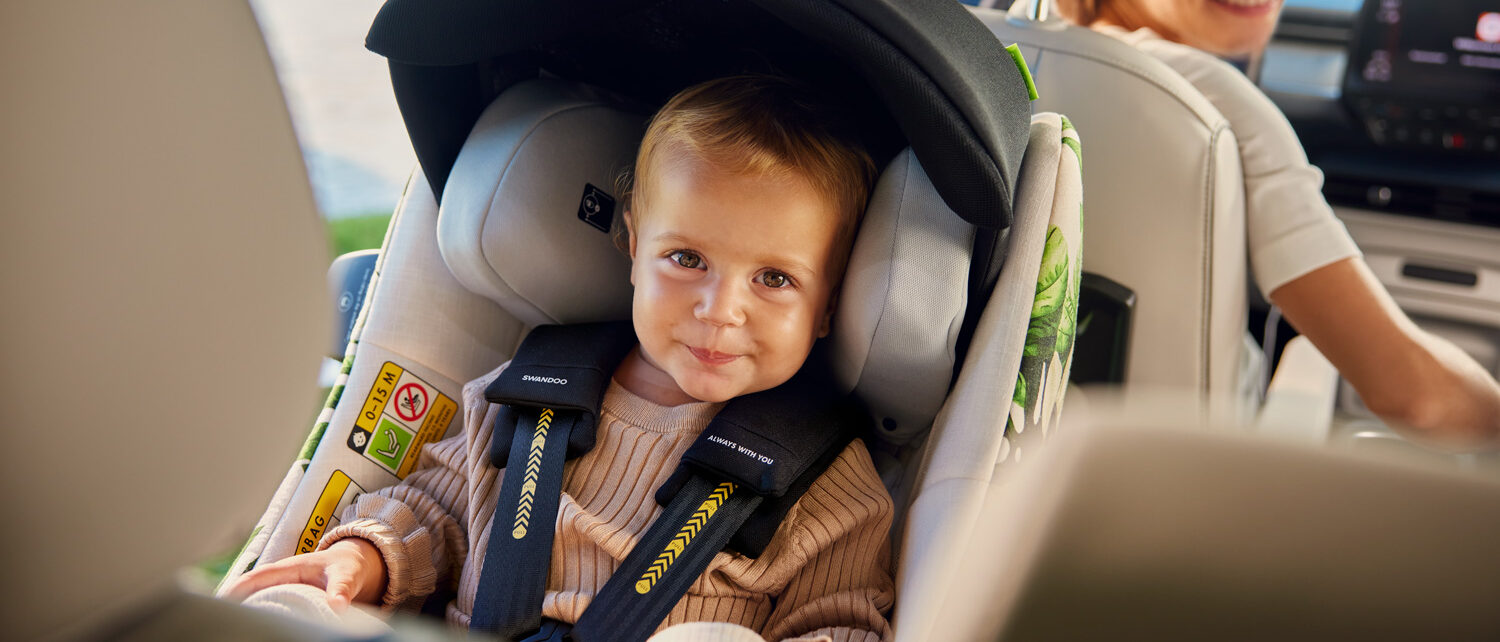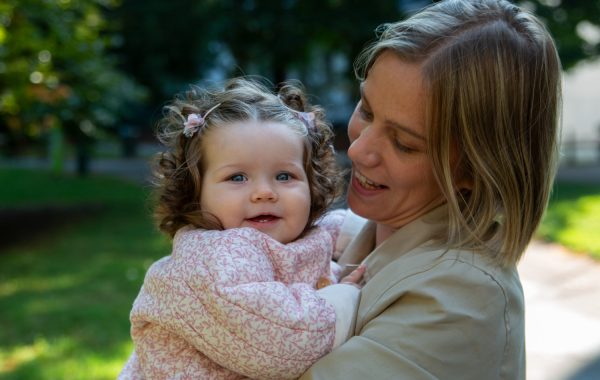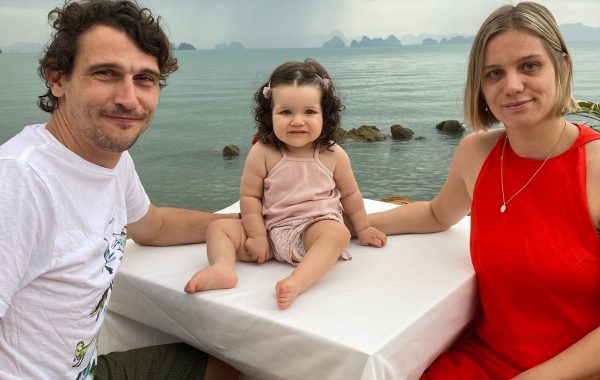You may have seen some test labels next to our products. Here is the story behind them, and why you should look out for them…
Every year, twice a year, in May and October, the leading independent organizations, ADAC (“Allgemeiner Deutscher Automobil-Club eV”, the largest automobile federation clubs of Germany and Europe), TCS (Touring Club Switzerland), and ÖAMTC publish their crash test results on a selection of new car seats sold in the European market.
From this, the following consumer organisations aim to make these results understandable to the general public:
- StiWa (Stiftung Warentest) – Germany
- Que Choisir – France
- Which? – UK
- Autoliitto – Finland
- Race – Spain
- Consumentenbond – Netherlands
These tests are carried out taking into account 3 main criteria which make it possible to obtain a final overall score, and give you an indicator of how safe your car seat is:
1° Safety:
The car seats are installed in a car shell to give them frontal impacts at 64 kph and side impacts at 50 kph with a deceleration each time. These front and side impacts are tested with dummies in different size categories relevant to the car seats being tested. In addition to the crash scenarios, belt routing and stability on the vehicle seat is evaluated.
2 ° Handling:
Handling is made up of subcategories mainly relating to the installation of seats. These include handling, misuse, restraining, seat installation and seat modification. All of which are evaluated by experts and independent users.
The installation tests are carried out with manikins and real children in various types of vehicle.
3 ° Ergonomics:
Internal dimensions, Space in the Vehicle, Seating position and Comfort for the Child provide the subcategories in the area of ergonomics. In terms of considering comfort, some of the points the experts will include the position of the legs, overall posture, the field of vision of the child, and the quality of the protective foams.
4 ° Additional considerations:
Harmful substances are also considered. This is a criterion based on the presence and the number of types of substances dangerous for humans and for the environment such as phthalates, flame retardants, aromatic hydrocarbons, etc. The analysis takes into consideration the composition of the cover and will impact the overall score if a chemical is present over a certain limit.
The results?
When publishing results, ADAC and TCS publish the final marks according to these 3 criteria with a singular notation reading. For example, for ADAC these are mentions that are given of the type “Very Good”, “Good” etc … The TCS awards stars with a mention of the type 5 stars “Excellent” or 4 stars for “Very Recommended” etc. … The European partners of consumer associations such as “Que Choisir” in France translate these same scores out of 20, Germany with the StiWA with a rating of 0.6 to 5 (the closer the score is to 5, the better it is) and Which? provide a percentage score (adding Best Buy status or a do not buy status).
A little tip, as car seats aim to improve, and innovations push the boundaries, the test evolves and becomes more stringent. Be careful about reading some scores, and note the date. For example, a seat from 10 years ago may have scored 75% say, but a seat today scoring that has gone through a tougher test.
These explanations aim to allow you to see more clearly how car seats perform on the independent European tests. For an independent view on how we do in the tests, you can follow the links below to see how Albert (our first seat into the market) became a double test winner:
Read the results for the ADAC crash tests of Albert and Albert with the Base and the consumer ratings at Stiftung Warentest.

